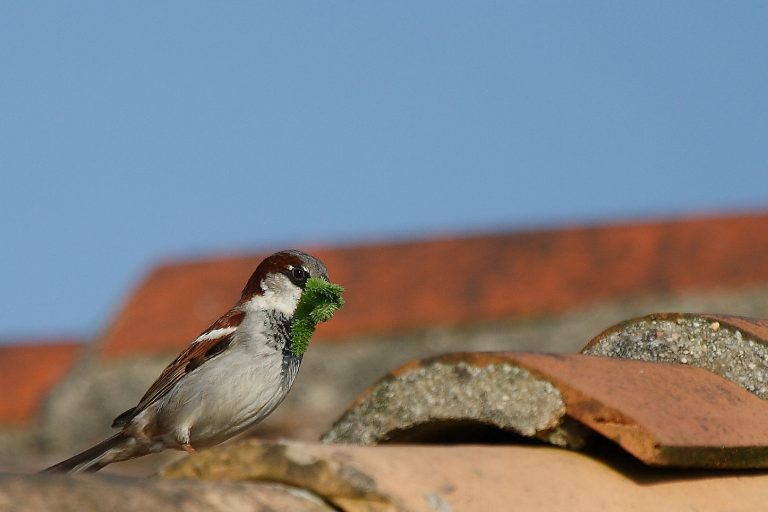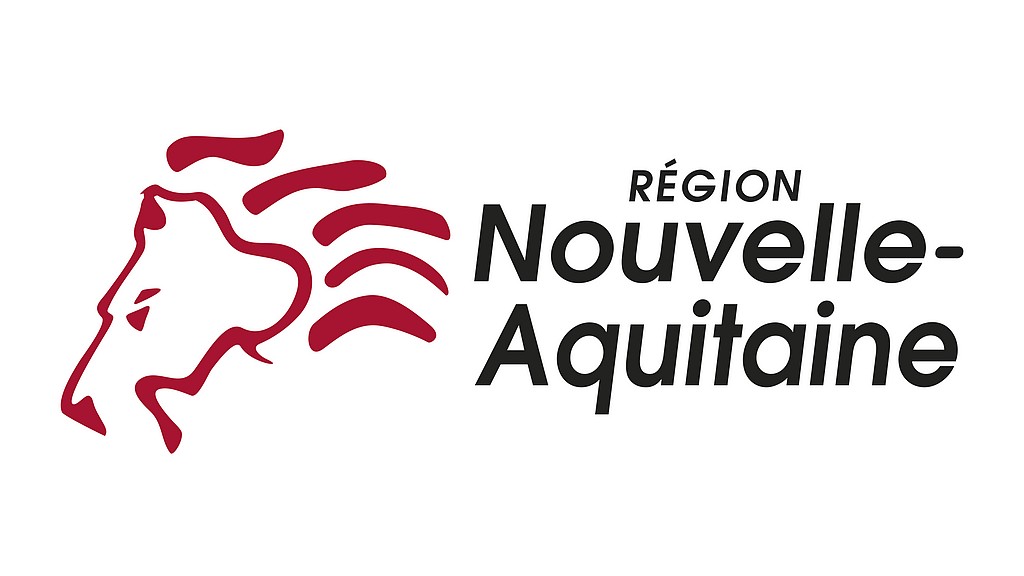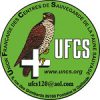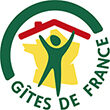Preserve the wildlife around your home
The following lines give some cheap and simple tips you can use around home, so as to avoid that wild, sometimes rare and protected, animals die by accident or fall too easily in the grasp of a cat.
House-wise

Garden
Quite a few people set feeders and nest boxes. Let’s not forget that, when poorly made or poorly set, they can lead to a high rate of predation.
On the matter, mind your cat (or the ones in the neighborhood). Indeed, diverse studies suggest that the domestic cat has a geniune impact on the biodiversity. Especially when it goes wild again.
In order to protect nestings in trees, there are anti-cat devices to settle around the trunk, about 1,5m above the ground (ou : about 1,5m high). A simple sheet of 40 to 50 cm in height can be sufficient.
When it comes to the feeders, prefer hanging (or standing) models. If possible with a raised edge tray, This prevents the seeds from falling to the ground where the risk of predation is higher.
Do not use plant protection products! Among others, anti-slug (or snails) granules. These can be deadly for the European hedgehog, but also for thrushes and blackbirds that poison themselves slowly… Give preference to biological control.
As for maintenance, do not cut your hedges or trees in the spring. This will prevent you from unintentionally destroying a nest. Be very careful when mowing your lawn, as the injuries caused by brush cutters and other cutting machines are often fatal.
Also, beware of protective nets (for fruit trees, for example) : they sometimes turn into real traps !
Other threats are swimming pools, where sometimes small mammals, like the Red Squirell or the European Hedgehog, drown trying to get some water. Here’s a tip: get some life-lines set by professionals. These floating ramps are drilled with holes that enable the animals to grab themselves out of the water.








